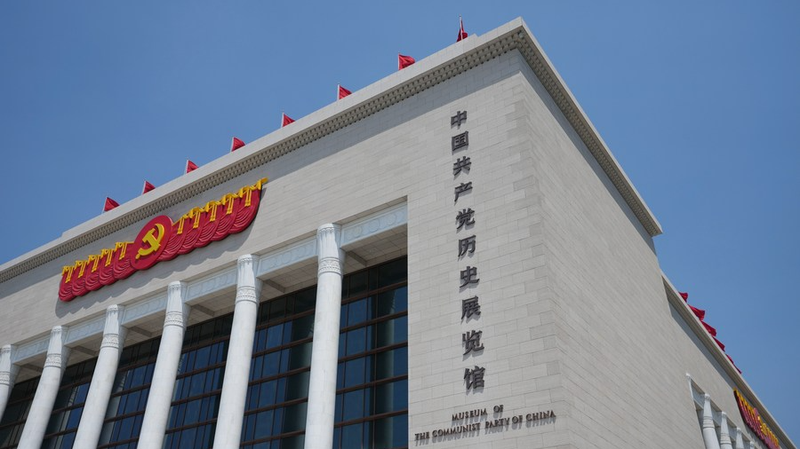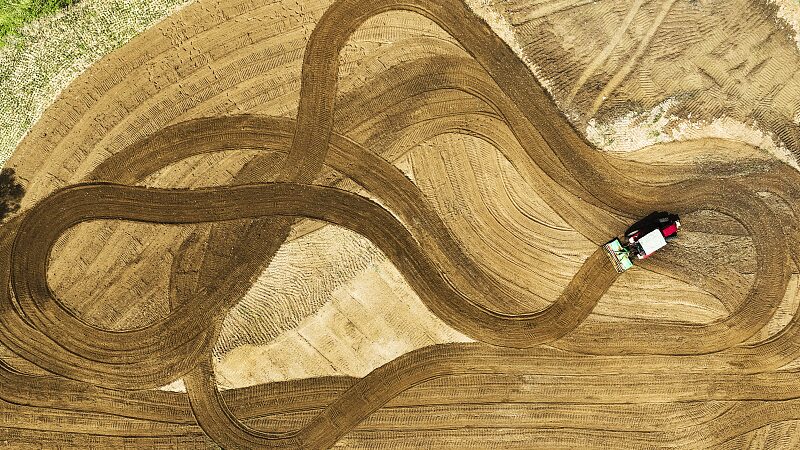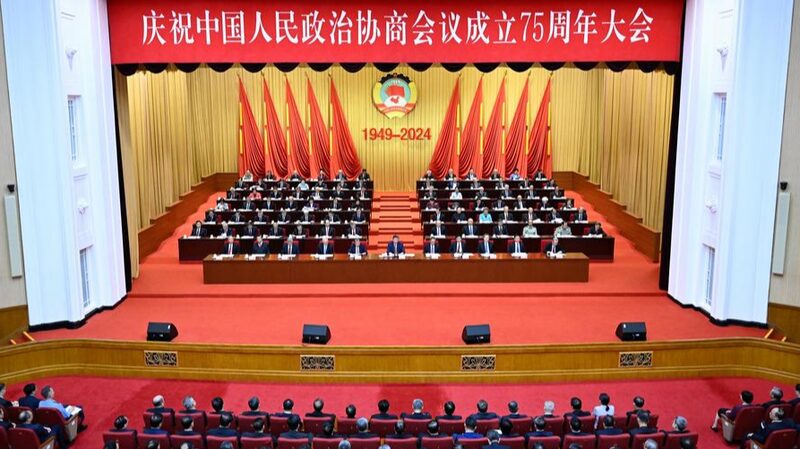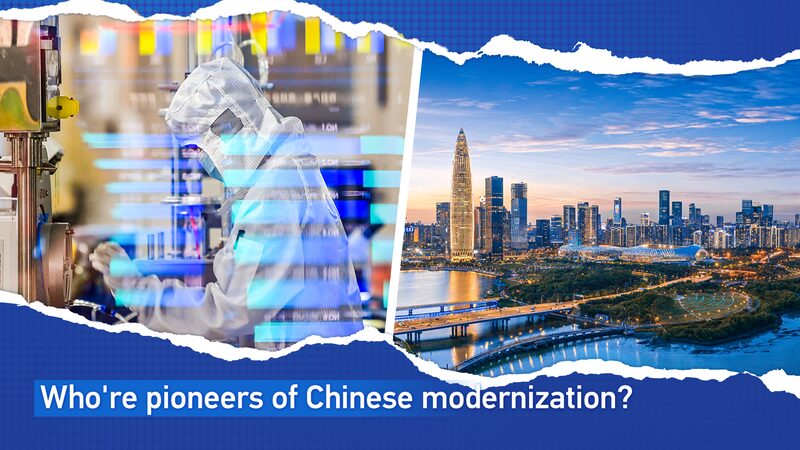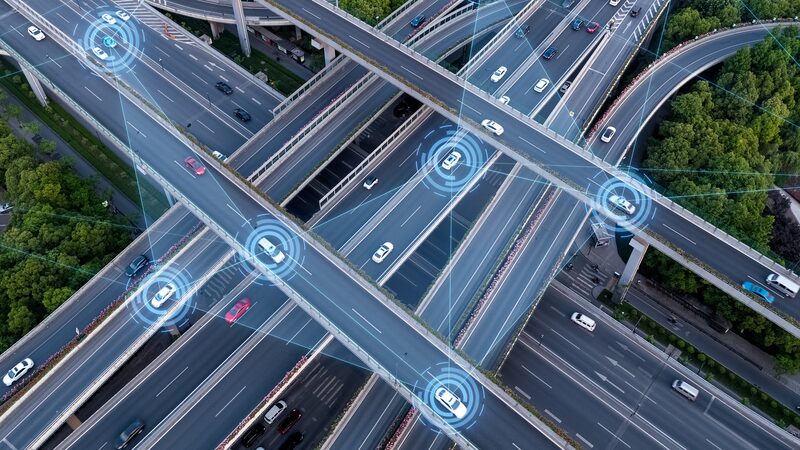As China celebrates the 104th anniversary of the Communist Party of China (CPC), global observers continue to examine how the world's largest governing party has transformed a once-agrarian society into a modern industrial powerhouse. From unifying a fractured nation to pioneering economic models, the CPC's approach offers insights into China's rapid development trajectory.
Unifying a Nation, Building Foundations
The CPC's early achievements in standardizing language and governance systems created crucial infrastructure for modernization. By implementing land reforms and establishing unified fiscal systems, the party laid groundwork for nationwide development projects. This historical consolidation enabled the creation of transportation networks and wealth redistribution mechanisms that continue to support China's growth.
State-Driven Market Reshaping
Breaking from Western economic models, the CPC implemented what analysts call "parallel circuit modernization" – simultaneously advancing agricultural, industrial, and technological revolutions. Through strategic state investments in education, infrastructure, and industry, China developed into the world's manufacturing hub with a complete industrial ecosystem. This approach explains China's unique capacity to execute large-scale projects like the Belt and Road Initiative efficiently.
As General Secretary Xi Jinping noted, understanding contemporary China requires understanding the CPC. The party's ability to mobilize national resources while adapting to global economic realities continues to shape China's path forward, offering lessons in state-led development strategies.
Reference(s):
cgtn.com
